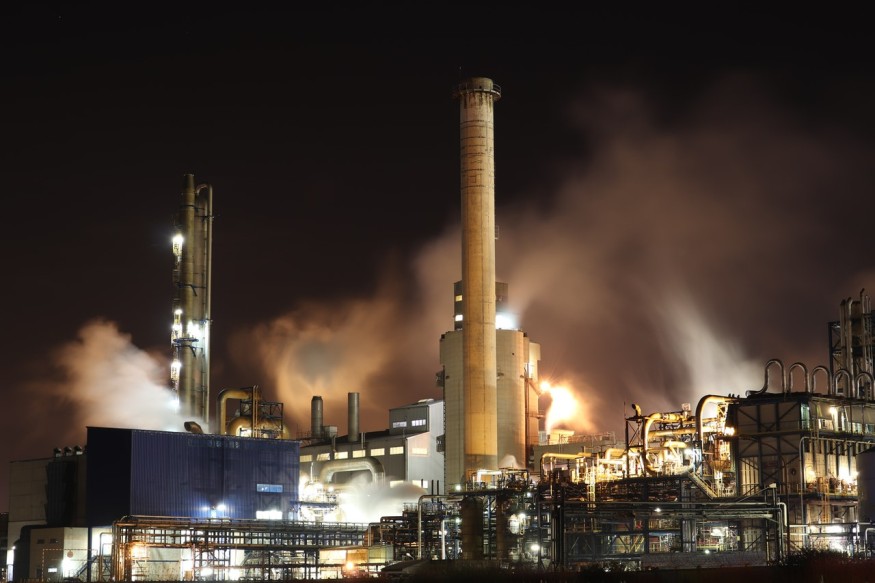Soot, one of the worst contributors in a battle that the world has been grappling with in decades--climate change. Its impact, despite its mundane, is similar to methane emissions and is only second to carbon dioxide when it comes to its destructive potential.
This reputation is due to soot's properties that absorb solar radiation, which heats the surrounding atmosphere, resulting in warmer global temperatures. Additionally, it causes several other environmental and health problems, including making humans more susceptible to respiratory viruses.
What is Soot?

Soot, according to Energy Education, also known as lampblack or carbon black, are a fine brown or black powder that can become slightly sticky and is a by-product of incomplete combustion. A major component of lampblack is black carbon.
Due to its stickiness tends to cling to exhaust pipes, chimneys, and other areas where the combustion occurs. When it comes to pollution, one commer term for soot particles is PM 2.5, which refers to particulate matter 2.5 micrometers in diameter or even smaller. Composed of many chemicals, soot's exact composition depends on what is being burned or subjected to combustion.
Understanding the Destructive Potential of Soot
Soot, luckily, only persists in the planet's atmosphere for only a few weeks; this suggests that if emissions of soot could be halted, then the air we breathe could rapidly clear. This was recently demonstrated during the recent lockdowns due to the COVID-19 pandemic, with some major cities reporting clearer skies after many industrial emissions were halted.
Despite its known destructiveness, soot is also a part of the planet's future. Soot can be converted into more helpful carbon black products through a process known as a thermal treatment that removes harmful components. Carbon blacks are vital ingredients in batteries, paint, tires, and others. If these carbons are made into smaller particles, they can be transposed to fluoresce and tag biological molecules in both catalysts and solar cells.
Given the importance of soot in our way of life and how long we humans have produced it, one would believe that its formation has been completely mapped and understood by science. On the other hand, this is far from the truth. In reality, the critical transition that occurs when these molecules cluster to form the first soot nanoparticles isn't clear.
If the origins of soot could be entirely understood, it could potentially open the door to eliminating formation and drastically reduce its severe environmental impact. Hence, researchers from the University of Cambridge have published a comprehensive review on the brightness of soot particles published in the journal Progress in Energy and Combustion Science, titled " Soot inception: Carbonaceous nanoparticle formation in flames."
Researchers wrote that although it has only been in the last decade, experimental and computational techniques have allowed researchers to have a glimpse behind the door to reveal insight into the earliest formation mechanisms of these carbonaceous particulates in the flame reports PhysOrg.
RELATED ARTICLE: Speed of Human-Caused Global Warming Over the Last 150 Years Has Increased at a Level Not Seen Since the Last Ice Age
Check out more news and information on Climate Change in Science Times.











